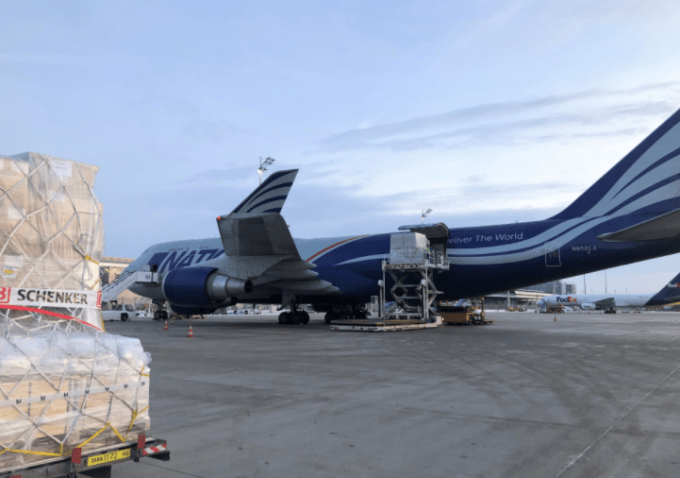Forwarders expect surcharges as ocean spot rates continue to slide
Spot container freight rates on the transpacific and Asia-Europe trades continued to soften this week, ...

DB Schenker has aggressively taken on chartered air freight capacity – and plans more – as it seeks to consolidate and grow its position in the market.
But it has ruled out a permanent move to its own controlled network.
Last week, the forwarder announced that its ...


Comment on this article